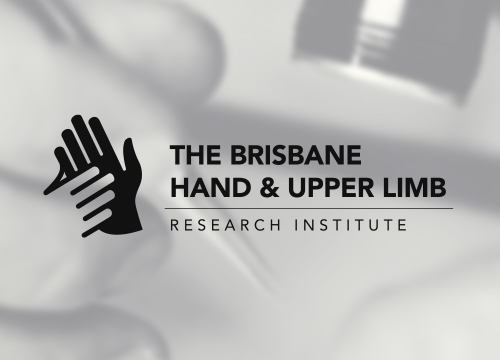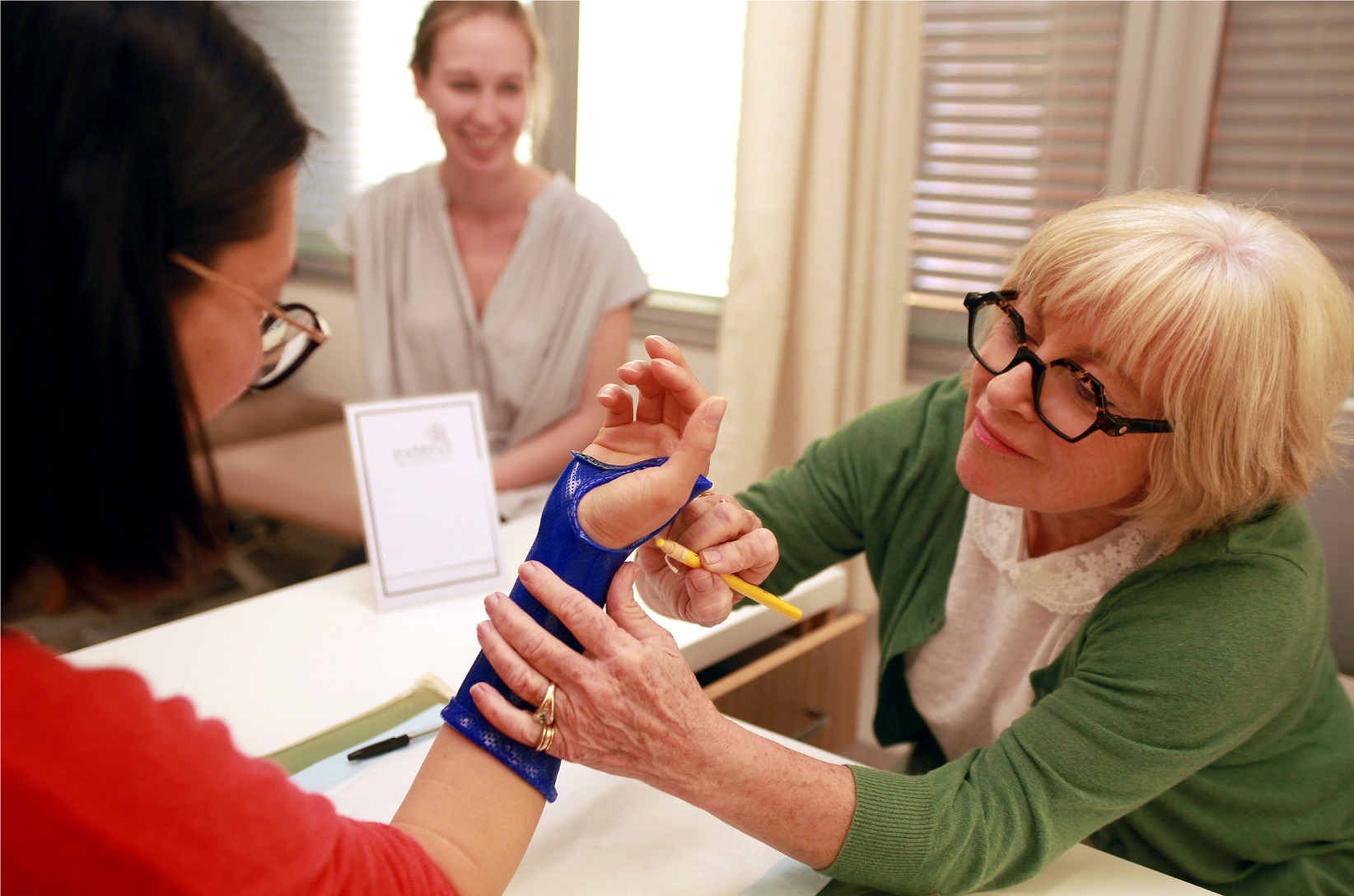Peters SE, Coppieters MW, Ross M, Johnston V.
Journal of Occupational Rehabilitation 2017; 27(3):343–358.
DOI: 10.1007/s10926-016-9662-1
Purpose: Return-to-work (RTW) stakeholders have varied roles and may therefore hold their own perspectives regarding factors that may influence outcomes. This study aimed to determine stakeholders’ perspectives on factors influencing RTW following surgery for non-traumatic upper extremity conditions.
Methods: A questionnaire was distributed to RTW stakeholders via gatekeeper organizations. Stakeholders rated 50 potential prognostic factors from ‘not’ to ‘extremely’ influential. Data were dichotomized to establish stakeholders’ level of agreement. Disagreements between stakeholder groups were analyzed using χ2. The relationship between stakeholder demographic variables and rating of a factor was determined via regression analysis.
Results: One thousand and eleven stakeholders completed the survey: healthcare providers (77.8 %); employer representatives (12.2 %); insurer representatives (6.8 %); and lawyers (3.2 %). Factors with the highest stakeholder agreement for influencing RTW were: self-efficacy (92.2 %); post-operative psychological status (91.8 %); supportive employer/supervisor (91.4 %); employer’s willingness to accommodate job modifications (90.7 %); worker’s recovery expectations (88.3 %); mood disorder diagnosis (86.6 %); post-operative pain level (86.4 %); and whether the job can be modified (86.3 %). Disagreements between stakeholder groups were found for 19 (36 %) factors. The strongest disagreements were for: age; gender; obesity; doctor’s RTW recommendation; and presence of a RTW coordinator. Respondents’ characteristics (e.g., age, workers’ compensation jurisdiction, work experience, stakeholder group) were associated with factor rating.
Conclusion: The factors stakeholders rated as having the greatest influence on RTW were predominately psychosocial and modifiable. These variables should be the focus of future research to determine prognostic factors for RTW for workers with upper extremity conditions, and to develop effective RTW interventions.




